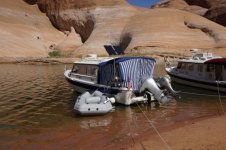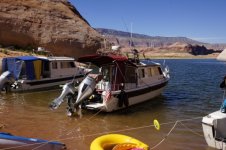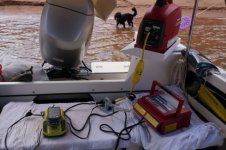Barry Rietz
New member
Has anyone tried this product?
http://www.greatlakesscuttlebutt.com/ne ... ard-boats/
http://www.greatlakesscuttlebutt.com/ne ... ard-boats/
Aurelia":q68dzg3n said:Skipping amp draw in a marketing/press release is not too surprising.
Don't you hate that?Ray":1m6ybmm7 said:There's that pesky "physics" thing rearing its head again. Dangit!
Ray":1m6ybmm7 said:Well, except for the sunshower or garden sprayer, of course......
Instead of adding a brick of a generator, a person could add another battery and possibly not need the generator at all.
haven't done any research on this at all but, has anyone looked into gas/diesel water heaters and the viability of their application aboard a small boat?
Aurelia":3ez6ika1 said:The extra battery takes up less space, you don't have to lift it regularly, carry any fuel for it, build a platform on the transom for it, keep it out of the weather, protect it from theft, it doesn't put out exhaust (AGM), and it makes zero noise.... Bring on the 40lbs to correct that list from oversized kickers.
Now we just need to get more creative with solar panels.
Greg



And, yes a Group 27 battery has a 90 A-H capacity.
